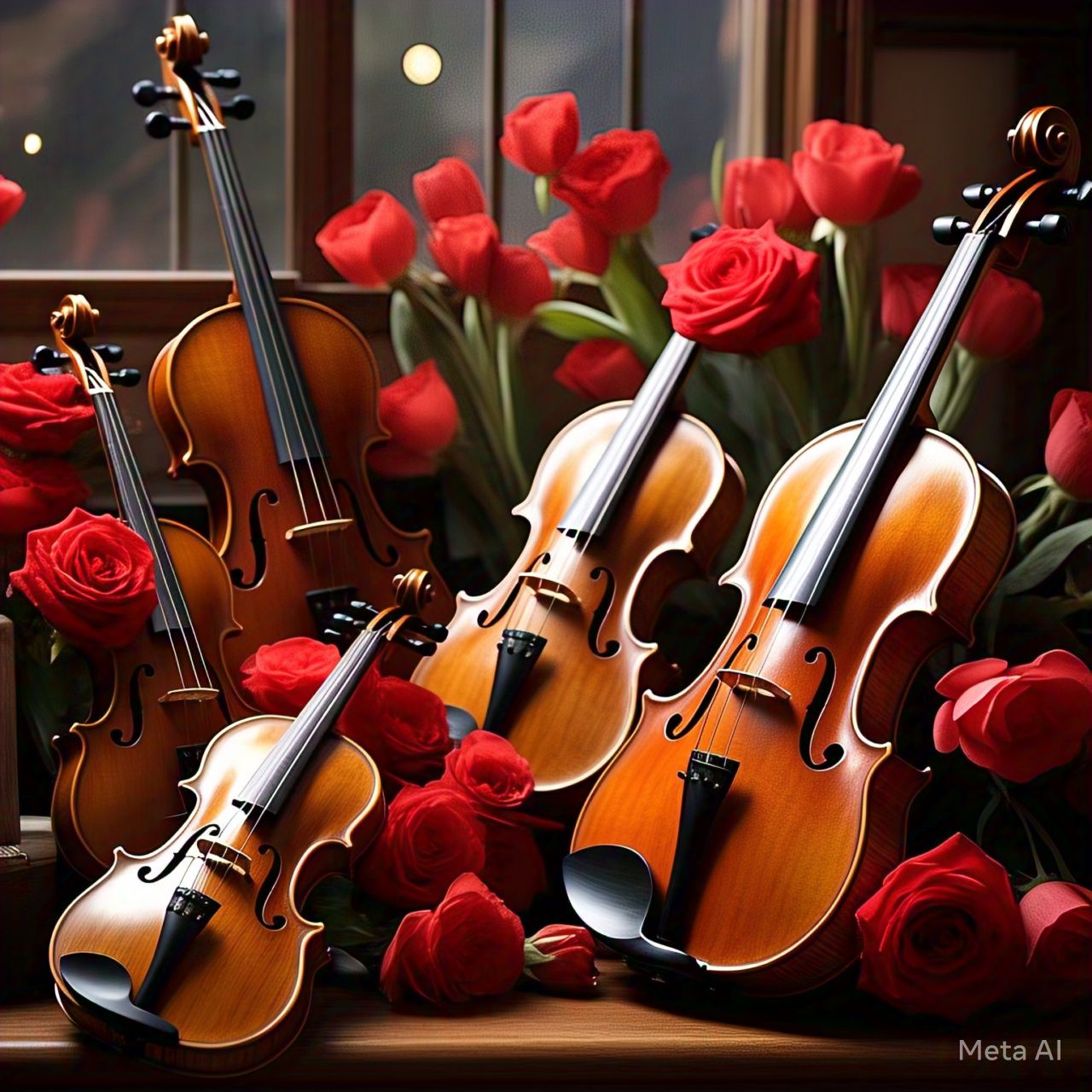The violin is an incredibly versatile instrument, capable of adapting to a wide range of musical genres. While it is most famously associated with classical music, the violin has found a place in many other styles, from jazz and folk to contemporary pop and rock. In this blog, we’ll explore the different violin styles that have evolved over the centuries and how modern violinists are pushing the boundaries of what the instrument can do.
1. Classical Violin
Classical music is where the violin truly shines. With its centuries-old tradition, the classical violin repertoire is filled with iconic composers like Bach, Mozart, Beethoven, and Brahms. Classical violin playing emphasizes precision, technical skill, and the ability to express deep emotion through music. The classical style relies on strict technique and well-defined phrasing, with performances often taking place in orchestras, ensembles, or as solo performances.
Mastering classical violin requires years of study, with an emphasis on bowing technique, intonation, and maintaining a steady rhythm. Whether playing a beautiful concerto or a delicate sonata, the classical style remains the foundation for many violinists.
2. Folk and Bluegrass Violin
Folk and bluegrass music offer a more relaxed and improvisational approach to violin playing. Unlike classical music, which tends to have a written, structured approach, folk violin allows for more flexibility, personal expression, and improvisation. The violin in folk and bluegrass music often plays a central role in telling stories, setting the rhythm, and creating a lively, foot-tapping atmosphere.
In folk music, the violin is sometimes referred to as a “fiddle,” and its playing style reflects this difference. Fiddle playing often involves a rhythmic and percussive bowing style, with occasional slides and ornamentation. The energetic and spontaneous nature of this style is what makes it so unique and fun.
3. Jazz Violin
Jazz violin is an exciting and expressive style that allows violinists to experiment with harmony, rhythm, and improvisation. Jazz violinists often draw inspiration from the great jazz musicians of the 20th century, incorporating techniques such as swing rhythms, improvisation, and blue notes. The violin blends beautifully with jazz ensembles, often playing both melodic lines and contributing to complex improvisational sections.
Jazz violin has evolved over the years, with notable violinists like Stéphane Grappelli and Jean-Luc Ponty pushing the boundaries of the genre. Modern jazz violinists mix classical training with the freedom of improvisation, creating new interpretations of jazz standards and original compositions.
4. Rock and Pop Violin
In recent years, the violin has made its way into the mainstream pop and rock music scenes, adding a layer of sophistication and depth to popular songs. Violinists in rock bands and pop music ensembles often adapt their playing techniques to fit the electric guitar-driven sound, creating dramatic, soaring melodies or rhythmic backgrounds.
Artists like Lindsey Stirling, who blends electronic beats with violin, and the Trans-Siberian Orchestra, which incorporates the violin into their symphonic rock productions, have brought the violin to new audiences. In pop music, the violin is often used to create cinematic, emotional moments or add a unique texture to the sound.
5. Contemporary and Experimental Violin
The world of contemporary violin has opened up new and innovative ways to play the instrument. Contemporary violinists are breaking away from tradition, exploring new techniques, and experimenting with sound. Modern violin music often involves extended techniques, like plucking the strings, using the violin’s body as a percussion instrument, or playing harmonics to create eerie or unusual tones.
Contemporary violin compositions can be found in avant-garde performances, experimental music festivals, and in collaborations with artists across various genres. The violin’s ability to adapt to different sounds and styles has allowed it to remain relevant in the evolving world of modern music.
Conclusion:
From the elegance of classical to the freedom of jazz and the energy of modern pop, the violin proves to be an adaptable and timeless instrument. Each style offers something unique, allowing violinists to explore their creativity and express themselves in new ways. Whether you’re a classical purist or an experimental musician, the violin can be the perfect vehicle for your musical expression.







